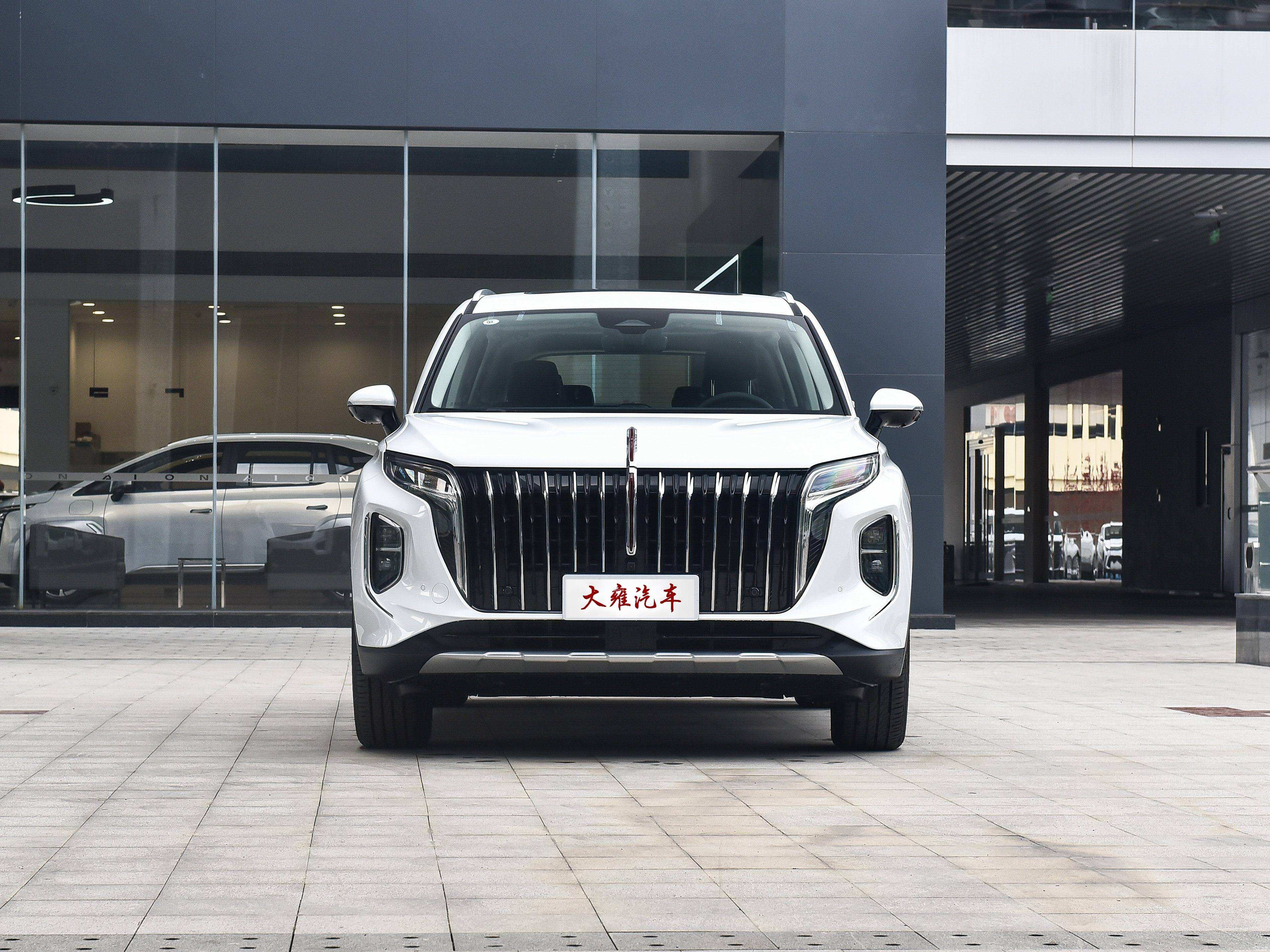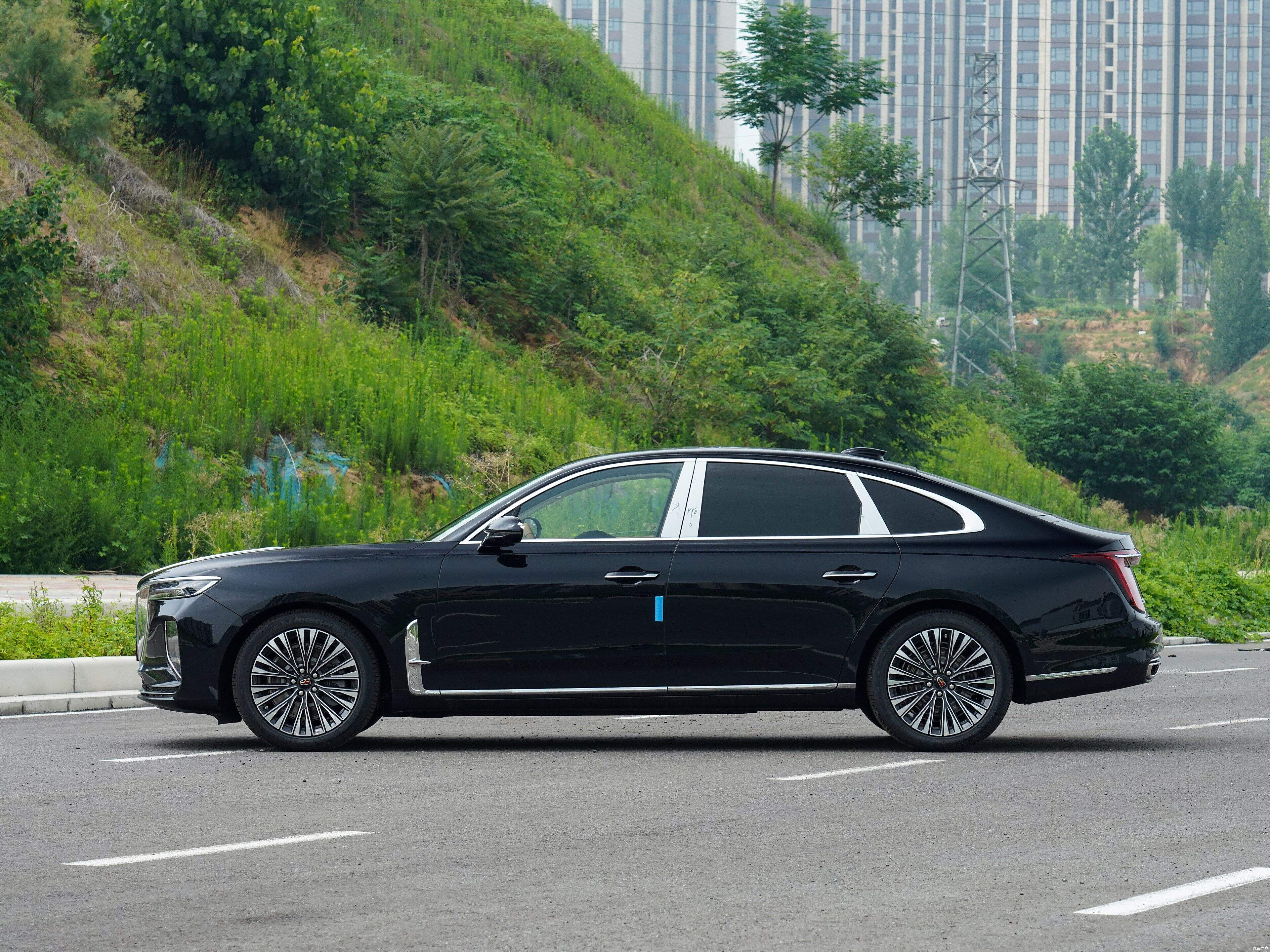How Does Hongqi Incorporate Traditional Chinese Culture into Car Design?
Introduction to Hongqi and Its Cultural Roots
Hongqi, meaning “Red Flag,” is not just an automobile brand but also a cultural symbol in China. Since its establishment in 1958, it has been closely associated with the Chinese government, prestige, and national pride. For decades, Hongqi cars carried political leaders during official ceremonies and were seen as a manifestation of China’s progress in modern industry. However, as the brand has expanded into commercial markets and international stages, it has taken on a new mission: to reflect China’s cultural heritage within the framework of modern luxury automobile design. Unlike most global car brands that derive their design inspiration from European traditions, Hongqi actively incorporates Chinese philosophy, symbols, and artistry into its vehicles. This approach allows Hongqi to stand apart as a luxury brand rooted in cultural identity rather than purely Western aesthetics.
The Philosophy Behind Cultural Integration
Symbolism and Heritage
At the core of Hongqi’s design philosophy is the idea that a car can serve as a cultural ambassador. Rather than relying solely on international design trends, Hongqi seeks to embody Chinese cultural values such as harmony, balance, and respect for tradition. The goal is to give customers a sense that owning a Hongqi is not only about luxury but also about embracing a deeper connection to national culture.
Luxury with Identity
Many luxury brands emphasize performance, innovation, and status. Hongqi adds another layer: cultural storytelling. Each design element, from the grille to the interior details, is meant to evoke symbols familiar to Chinese heritage, making the driving experience a celebration of tradition in a modern form.
Exterior Design Inspired by Chinese Elements
The Red Flag Symbol
The most prominent cultural marker is the iconic red flag emblem. Positioned on the hood, this symbol recalls the brand’s origins as the official state car, representing authority, pride, and continuity with Chinese history. It serves as a visual connection between tradition and modernity.
Front Grille and Architecture Influence
The vertical chrome grille found on models such as the Hongqi H9 and L5 is reminiscent of traditional Chinese palace gates. Its bold, upright lines evoke a sense of dignity and power, echoing the symmetrical architectural forms of imperial palaces. The grille thus functions as both a design statement and a cultural motif.

Dragon and Phoenix Inspirations
Some Hongqi models incorporate subtle curves and motifs inspired by dragons and phoenixes, both important symbols in Chinese mythology. Dragons symbolize power and strength, while phoenixes symbolize renewal and elegance. These inspirations can be seen in the flowing lines of body panels and decorative accents, creating a sense of movement and grandeur.
Color Choices with Cultural Meaning
Hongqi pays careful attention to color schemes, often offering deep red, gold, and black as signature options. Red symbolizes prosperity and joy in Chinese tradition, while gold signifies wealth and prestige. These colors elevate the vehicles beyond aesthetics, embedding them with symbolic meaning that resonates with Chinese cultural sensibilities.
Interior Design and Cultural Influence
Calligraphy and Artistic Motifs
Inside Hongqi vehicles, design inspiration often comes from traditional Chinese art forms. Dashboard trims, door panels, and seat stitching may echo brushstroke patterns reminiscent of calligraphy. These subtle artistic nods bring an element of Chinese fine arts into the luxury driving experience.
Use of Natural Materials
Hongqi interiors often feature wood, silk-inspired textiles, and other materials that connect to traditional Chinese craftsmanship. The integration of these textures reflects not just luxury but also a respect for natural harmony, an idea central to Chinese philosophy.
Spacious Layout and Harmony
Chinese culture places importance on space and harmony, which is reflected in the generous rear seating areas of Hongqi sedans. This mirrors the cultural preference for chauffeur-driven luxury cars, where comfort, status, and balance are emphasized. The cabin design fosters a calm, harmonious environment in line with traditional values.
Technology Blended with Cultural Identity
Intelligent Displays with Cultural Themes
Hongqi infotainment systems sometimes include customizable themes that reflect Chinese aesthetics. For instance, digital displays may feature backgrounds inspired by landscapes, ink paintings, or motifs linked to cultural heritage. This integration of technology with tradition offers users a unique sense of cultural immersion.
Ceremonial Features
Certain models of Hongqi include ceremonial start-up sequences where ambient lighting, sound design, and digital animations evoke cultural symbols. This transforms the simple act of starting the car into an experience rich in cultural reference, emphasizing pride and heritage.
Hongqi as a Cultural Ambassador
Representation at International Auto Shows
When Hongqi presents its cars on global stages such as Geneva or Frankfurt auto shows, the brand deliberately highlights its cultural identity. Rather than blending in with the Western luxury aesthetic, it proudly showcases Chinese-inspired design, signaling to international buyers that Hongqi is a distinct luxury alternative.
Role in State Ceremonies
Even today, Hongqi cars are used in national parades and ceremonies. The design of these ceremonial vehicles reinforces the brand’s role as a representative of national pride. By combining modern automotive engineering with traditional cultural symbolism, Hongqi projects China’s image to the world.
Comparing Cultural Integration with Other Luxury Brands
While global luxury brands often draw on national heritage, such as Rolls-Royce with British craftsmanship or Ferrari with Italian passion, Hongqi distinguishes itself through an explicit focus on Chinese culture. Unlike others that may incorporate heritage subtly, Hongqi makes cultural storytelling a central part of its identity. This creates a unique positioning: a luxury vehicle that is not just globally competitive but also proudly Chinese.
Future Directions in Cultural Design
Hongqi continues to expand its portfolio into electric and smart vehicles, and cultural integration remains a priority. Future models are expected to incorporate elements of Chinese philosophy such as sustainability, harmony with nature, and innovation inspired by tradition. With a growing global presence, Hongqi may use cultural identity as its strongest differentiator against Western and Japanese competitors.
Conclusion
Hongqi integrates traditional Chinese culture into its car design in ways that go beyond superficial aesthetics. From exterior grilles inspired by palace gates to interior motifs drawn from calligraphy and cultural color symbolism, every detail seeks to embody Chinese heritage. The emphasis on harmony, space, and symbolic design makes Hongqi vehicles more than just luxury cars; they become cultural artifacts on wheels. By blending tradition with modern technology, Hongqi has carved a niche that allows it to compete globally while staying true to its roots. For buyers, owning a Hongqi is not only about luxury but also about participating in a story of national pride and cultural continuity.
FAQ
How does Hongqi incorporate Chinese culture in its cars?
It integrates elements like palace-inspired grilles, dragon and phoenix motifs, traditional color symbolism, and interior designs influenced by calligraphy and craftsmanship.
Why is the red flag emblem important on Hongqi cars?
The emblem recalls the brand’s origins as a state vehicle and symbolizes authority, heritage, and national pride.
Are Hongqi interiors influenced by traditional art?
Yes, interiors often feature calligraphy-inspired trims, natural materials, and designs reflecting harmony and balance in line with Chinese culture.
How does Hongqi’s design compare with Western luxury brands?
While Western brands highlight their own national heritage, Hongqi uniquely emphasizes Chinese cultural identity as its main design narrative.
Does Hongqi use cultural symbolism in technology?
Yes, infotainment systems and ceremonial start-up sequences often feature digital motifs inspired by traditional Chinese art and symbolism.
What colors are significant in Hongqi design?
Colors like red, gold, and black are commonly used, representing prosperity, wealth, and dignity in Chinese culture.
Do Hongqi cars still represent official state use?
Yes, Hongqi continues to be used in national ceremonies and parades, reinforcing its role as a cultural and political symbol.
How does Hongqi appeal to international buyers?
By presenting itself as a luxury brand with a unique Chinese cultural identity, offering something distinct from German or Japanese luxury cars.
Is cultural integration limited to aesthetics?
No, it extends to spatial design, user experience, and the philosophy of harmony and balance, making it holistic rather than decorative.
What is the future of cultural design in Hongqi vehicles?
Future Hongqi models will integrate sustainability and smart technology while continuing to emphasize traditional cultural values and symbols.
Table of Contents
- How Does Hongqi Incorporate Traditional Chinese Culture into Car Design?
- Introduction to Hongqi and Its Cultural Roots
- The Philosophy Behind Cultural Integration
- Exterior Design Inspired by Chinese Elements
- Interior Design and Cultural Influence
- Technology Blended with Cultural Identity
- Hongqi as a Cultural Ambassador
- Comparing Cultural Integration with Other Luxury Brands
- Future Directions in Cultural Design
- Conclusion
-
FAQ
- How does Hongqi incorporate Chinese culture in its cars?
- Why is the red flag emblem important on Hongqi cars?
- Are Hongqi interiors influenced by traditional art?
- How does Hongqi’s design compare with Western luxury brands?
- Does Hongqi use cultural symbolism in technology?
- What colors are significant in Hongqi design?
- Do Hongqi cars still represent official state use?
- How does Hongqi appeal to international buyers?
- Is cultural integration limited to aesthetics?
- What is the future of cultural design in Hongqi vehicles?

